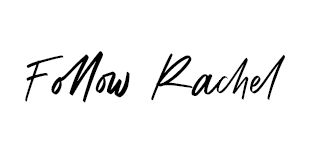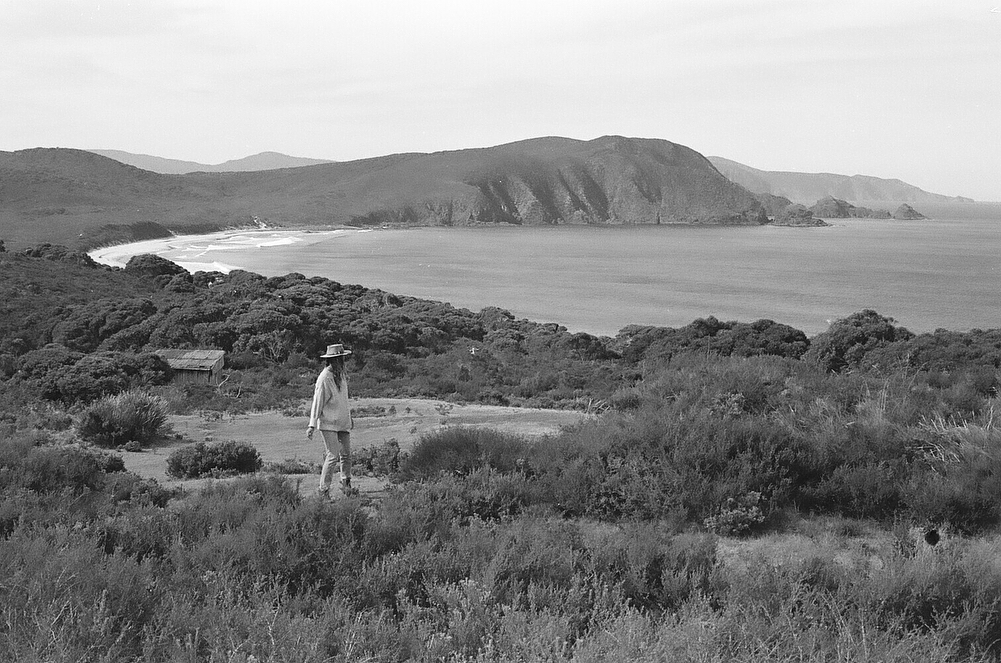Your cart is currently empty!
A Conversation About Land Conservation
with Rachel Flemming
interview & words by Elisa Routa
On January 26th, 2021, while most Australians celebrate Australia Day as the day Australia was founded, thousands of protestors took to the streets defying Covid restrictions for greater recognition of Australia’s Indigenous history. They called for Australia Day to be replaced by an official day of mourning — Survival Day, Invasion Day. That day, Rachel Fleming could have been one of them.
At age 24, the East Coast-born surfer found a perfect balance between the ocean she paddled in at a young age, and the wild territory she grew up on. As an environmental student, she is majoring in land conservation and minoring in Indigenous cultures. “Australia is and always was Indigenous land, and I personally think it is time to adopt Indigenous country names,” she explains. Wardandi country, Gubbi Gubbi country, Minang country, or Wudjari country are historic Indigenous Australian sites. Their names allow them to share cultural values, traditional knowledge, and to perpetuate intergenerational transmission. Much more than soil, according to Rachel, the land is not only a connection to country and its history, but it is also of great importance for the conservation of biodiversity. Today, aboriginal sacred natural sites require protection, preservation and respect for their heritage.
Before she heads back to the southwest region in order to start a career in bush regeneration, Rachel Fleming talked us through her passion for Banksia flowers that she describes as “an icon of Australia and home.” She also mentioned the Eucalypts’ power of resilience that is reminiscent of the resilience of indigenous people, key in climate change adaptation, despite the natural climatic pressures in which they are subjected to.
We asked 6 questions to Rachel Fleming: A short conversation about land conservation.
Some helpful notes before reading:
Wildlife conservation is the practice of protecting plant and animal species that are in danger of becoming extinct by unnatural causes, preserving their habitat and maintaining the ecological balance of nature for future generations.
Rachel refers to ‘country’ to evoke the traditional lands and seas. For Aboriginal peoples, country relates to all aspects of existence – culture, spirituality, language, law, family and identity.
RACHEL, WHO ARE YOU?
I grew up on the East Coast of Australia, Guringai country, the Northern beaches of Sydney. At 18, when I finished school I started moving around in my old Volkswagen van and I wouldn’t say I’ve settled in one location since. This last summer, I spent some time living in a shared house in the hinterland of Byron Bay, a sweet old farmhouse known as the ranch. Australia is home and where I feel most comfortable in the ocean. Today, I am in the last year of an Environmental degree, majoring in land conservation and minoring in Indigenous cultures.
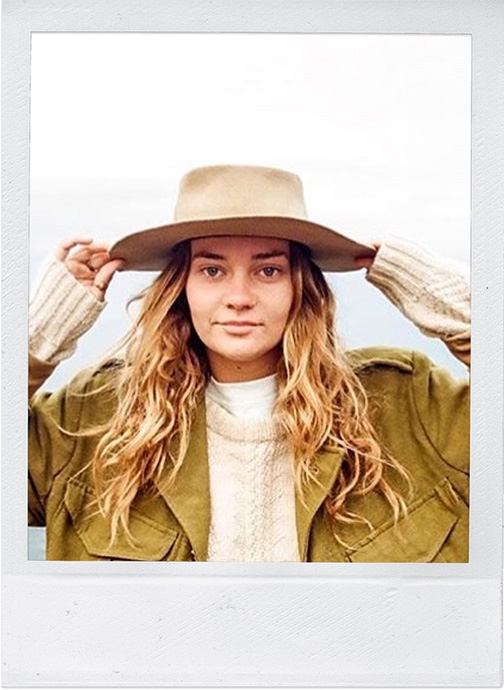
“Where you can’t see any sign of civilization, it’s just you, the southern ocean, and the most phenomenal landscapes you’ll ever see—that’s something”
TELL US MORE ABOUT YOUR RELATIONSHIP WITH THE OCEAN, SURFING AND THE OVERALL BEACH CULTURE.
My relationship with the ocean is deeply entwined in my day to day life. I know the importance and gratification I feel when I’m able to jump in for a swim or surf, it helps me unwind, keeps me calm and grounded—like a therapy session with Mother Nature as your therapist. When I’m working on country, in the field, there’s a reassurance through the connection I feel, that I know I’m looking after country and country will look after me.
I started surfing at a young age, my whole family surfed but my dad was the one who got us started. Living close to the beach, it was what our life mainly focused around, as much of my life today still focuses around surfing and the culture that comes with it. Every holiday or new adventure seems to navigate around surfing in new locations, new oceans.
Growing up, I mostly surfed with a crew of boys, I know they pushed me a lot and influenced the way I surfed too. But hell yes I have a bunch of girls who have more recently started surfing and are shredding. So many unforgettable sessions whether it be with the crew on a clean little beach break on the East Coast in perfect conditions getting wave after wave or in some crazy locations on the south or west coasts of Australia where you can’t see any sign of civilisation and it’s just you, the southern ocean and the most phenomenal landscapes you’ll ever see, that’s something.
I’d say the beach culture has very much helped shape the person I am today. Through the environment, the people, and the motivation it has given me I’m very grateful to have had that influence on my life.

“Wildflowers represent a strong sense of self and belonging, from the beginning of my journey to help conserve and protect country”
WHERE DOES YOUR PASSION FOR LAND CONSERVATION COME FROM?
I guess my passion for land conservation began when I started to notice the incredible array of wildflowers Australia has a few years ago. I started to take notice of the plant species when I would see them flowering and from that point I was interested to know more and I started a career in bush regeneration. When I was younger I was super intrigued by film photography but I hadn’t picked up a camera for a few years and I guess I thought I’d try to capture some of the native flowers I was finding. Today, wild flowers for me represent a strong sense of self and belonging, from the beginning of my journey to help conserve and protect country.
As I travel and discover new species, I am constantly stimulated by the environment around me and as often as that’s changing and I’m noticing more and more I’m constantly learning and forever in awe of the wonders of nature. Banksia’s for an unknown reason grabbed my attention and I am constantly trying to discover new species when in new locations. Banksia’s are a genus of about 170 different species endemic to Australia in the Proteaceae family, from small shrubs to tall trees, recognizable through their distinct flowers. The variety of each species is dependent on the surrounding environment and climatic conditions it has evolved with. For me an icon of Australia and home. For trees, it’s our beautiful Eucalyptus that intrigues me, they play an integral role in our landscape and the resilience they have evolved over thousands of years of exposure to harsh environmental conditions is incredible. The diversity of flora and fauna that is so unique to Australia is the inspiration for me to conserve.
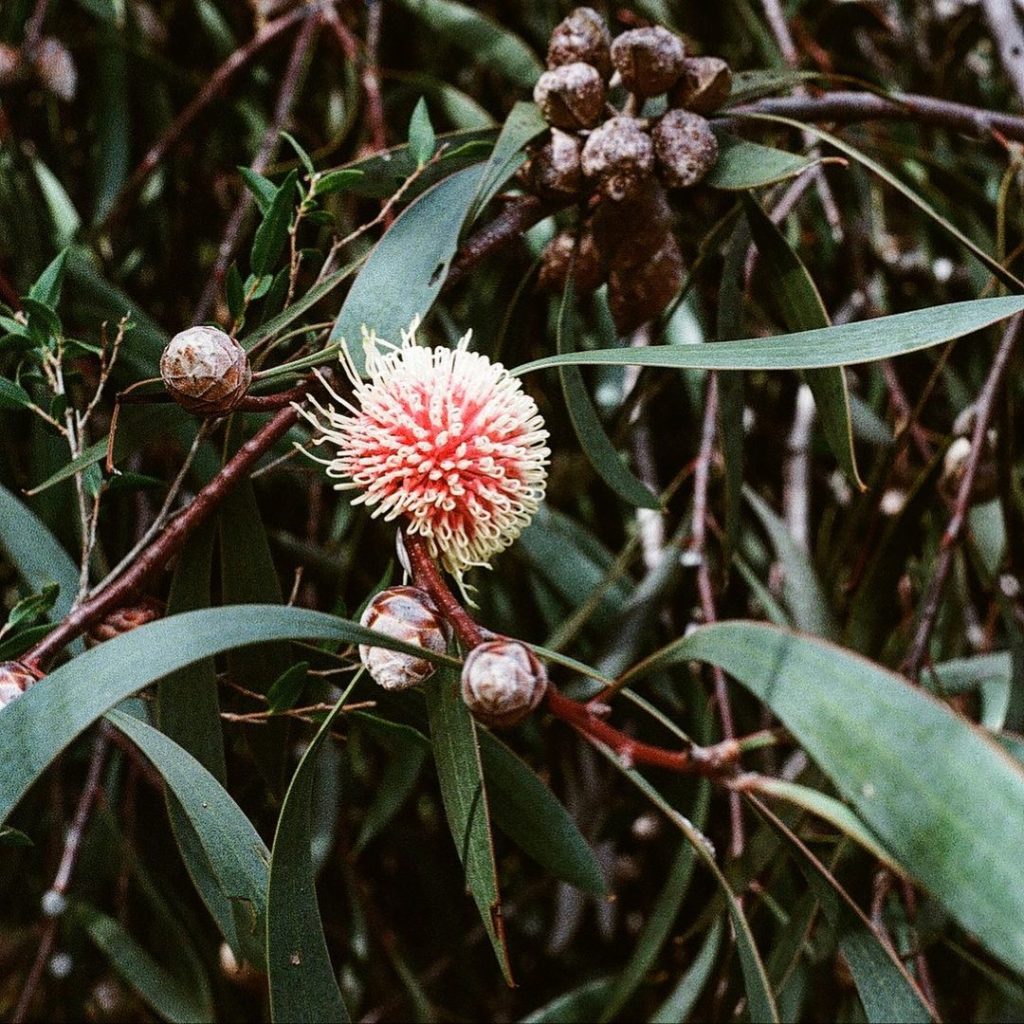
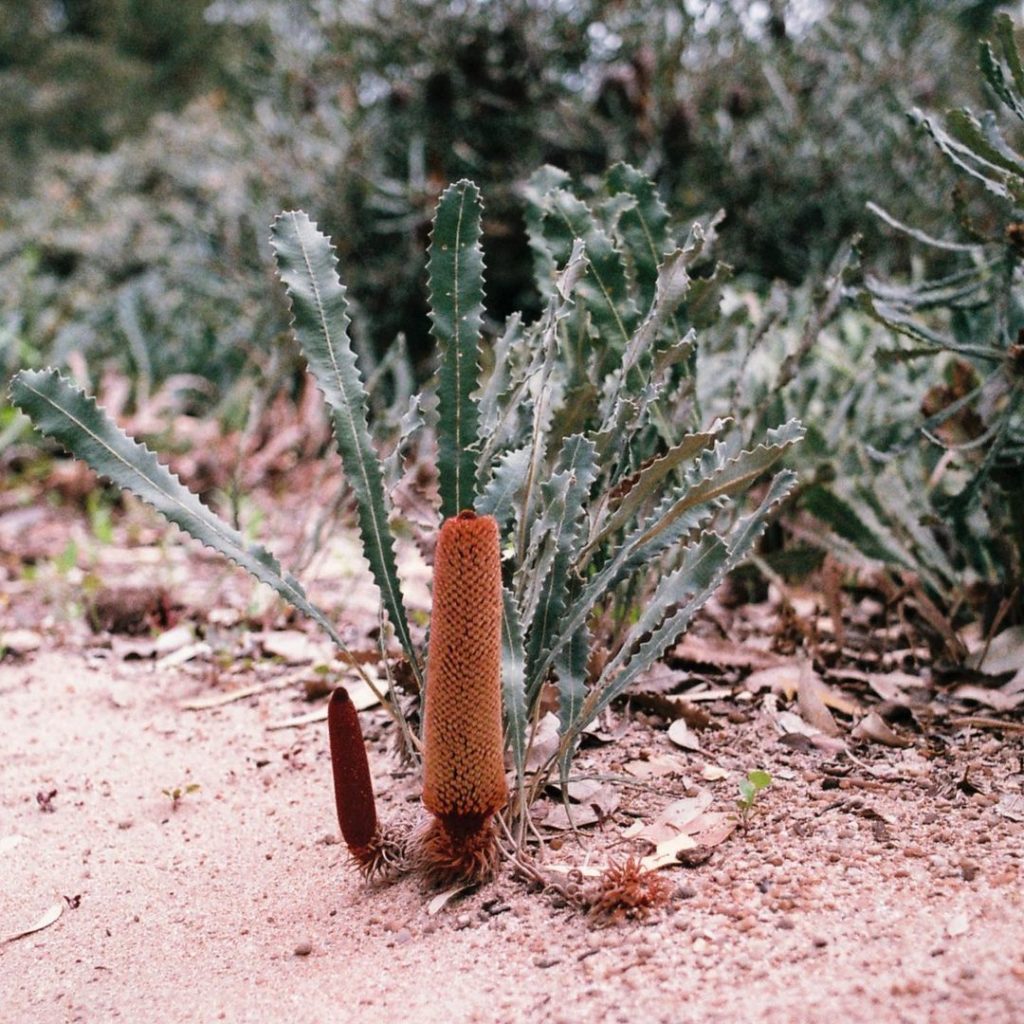
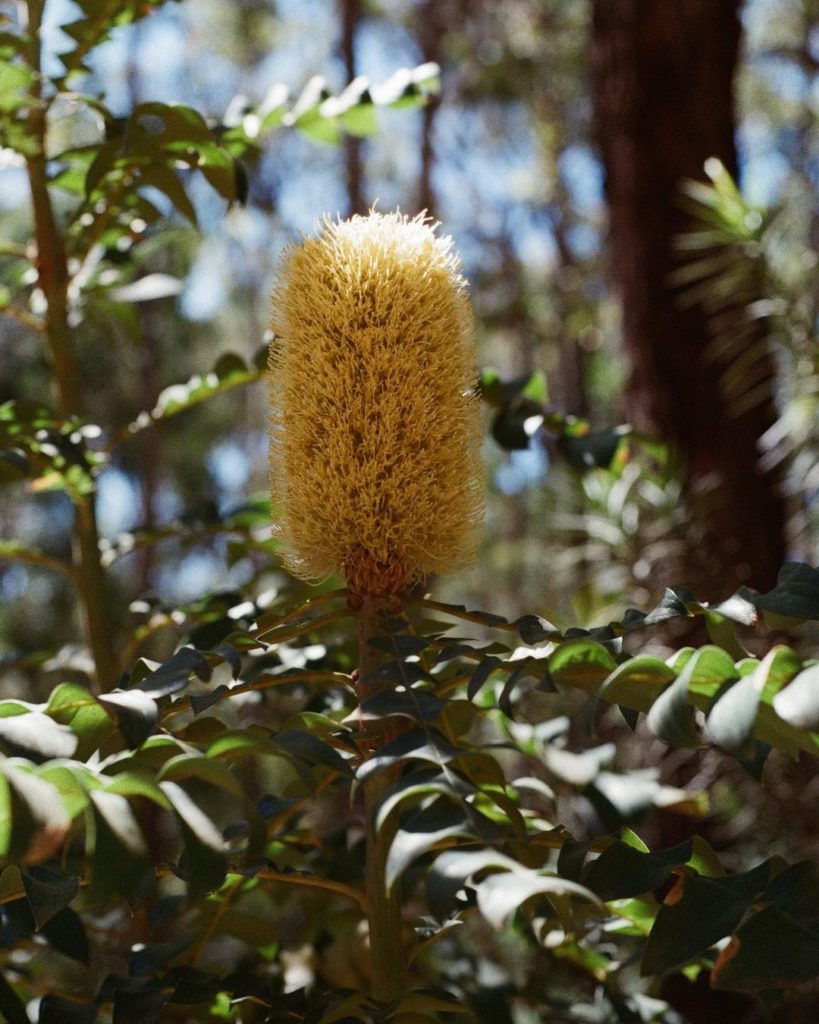
“If you take a native flower from the landscape, you are taking the seed bank away from that community of plants. We view country as a resource and not as the only vital source to life on earth”
A MESSAGE TO SHARE WITH OUR READERS ABOUT WILDLIFE CONSERVATION?
I think a big problem we face today is the dissociation of people from nature and with that dissociation comes a poor respect for nature and country. Urban-built landscape that surrounds many of us has made it difficult for people to relate to the natural environment. We view country as a resource and not as the only vital source to life on earth. Because of this view, we take, without respect for everything country gives. The Australian landscape relies on cultural fire practices as a part of a natural process that instigates growth and healthy ecosystems, a part of this includes having a seed bank in the soil. If you take a native flower from the landscape you are taking the seed bank away from that community of plants, taking away the abundance and possibility of that species to reproduce in the future, meaning if everyone did that every time they saw a beautiful flower the chance of that plant growing again declines. We take because it’s beautiful, but country needs what we take for it to be able to produce that plant for the next generation to admire.
“Australia is made up of around 250 diverse Indigenous countries. Each is sacred and an integral part of a way of life for Indigenous peoples, a deep inter-entwined connection to country”
TELL US ABOUT THE IMPORTANCE OF PROTECTING THE TRADITIONAL LANDS AND INDIGENOUS HERITAGE IN AUSTRALIA.
Australia is made up of around 250 diverse Indigenous countries, each one having completely unique landscapes, language, cultural traditions, stories and more. Each is sacred and an integral part of a way of life for Indigenous peoples, a deep inter-entwined connection to country. Australia is and always was Indigenous land and I personally think it is time to adopt Indigenous country names. Country as a whole deserves protection for everything it gives to us. I’ve had so many incredible memories across the nation and I’m so grateful to be able to explore this crazy landscape.
I think people underestimate how much we rely on having healthy ecosystems; mentally, physically, and spiritually. In order to protect the environment, people need to re-establish that connection with the natural world. The more you observe, the more you learn and the more respect you have for these natural things. I encourage everyone to go outside and re-establish that connection, from there only good things will come.
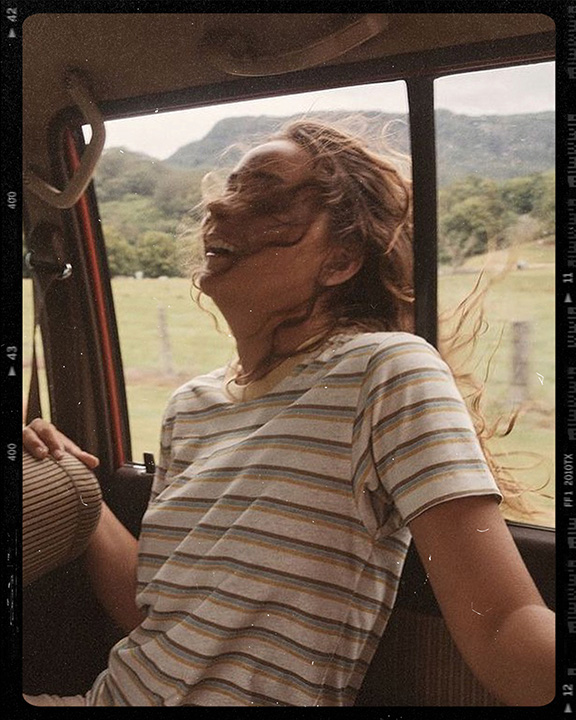
“The future is a community effort to accept changes”
HOW DOES THE YOUNG GENERATION REACT TO THE CURRENT ENVIRONMENTAL CRISIS AND DO YOU SEE OUR FUTURE WITH HOPE?
It’s a question that haunts me a bit. Coming from a science background we see facts and figures and the statistics are grime and quite depressing. At times, I need to step away from everything and try to think smaller, as the bigger picture is overwhelming. And I think that’s exactly what everyone needs to do, just do your best, and inspire those around you to do their best and if you can do more, go bigger.
The future, to me, is a community effort to accept changes, which means challenges. I think personally this involves unlearning what we know and taking the slightly harder path to do right by our communities and the environment.
